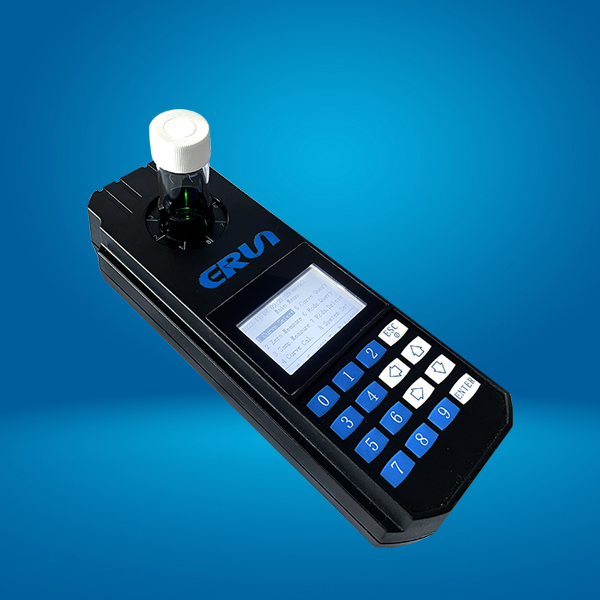The manganese method and the cadmium method in the COD meter are two different methods for measuring chemical oxygen demand. They are each suitable for different situations, and there are significant differences in application scope, accuracy and environmental impact.The following is a specific analysis:
1.Application
Manganese method: Mainly applicable to water bodies with low organic matter content, such as natural waters and drinking water, which usually have low COD values.
Cadmium method: more used for the determination of polluted water bodies, suitable for evaluating industrial wastewater with high COD values.
2.Accuracy
Manganese method: It can provide relatively accurate measurement results in water bodies with low COD values, but the sensitivity and accuracy may be insufficient for water bodies with high organic matter content.
Cadmium method: When dealing with water samples with high COD values, it can provide more accurate measurement data, which helps to strictly control the discharge standards of industrial wastewater.
3.Environmental impact
Manganese method: Since it is usually used in relatively clean water bodies, its reagents have relatively little impact on the environment.
Cadmium method: The reagents used may have greater potential harm to the environment. Especially in the case of frequent measurements, special attention should be paid to the handling of reagents and disposal of waste.
4.Operational convenience
Manganese method: It is usually easy to operate and the requirements on experimental conditions are not as strict as those of the cadmium method.
Cadmium method: More complex experimental setup and stricter operating procedures may be required to ensure the accuracy of the measurement results.
5.Reaction time
Manganese method: The reaction time is short and the measurement results can be obtained quickly.
Cadmium Method: Longer reaction times may be required to ensure complete reaction of the sample.
6.Economical
Manganese method: Within the applicable scope, the cost is relatively low and suitable for routine water quality monitoring.
Cadmium method: Considering the cost of reagents and equipment used, the overall cost may be higher than the manganese method.
7.Measuring range
Manganese method: suitable for determining lower COD values, usually below ten or twenty.
Cadmium method: can cover a wider COD value measurement range and is suitable for water bodies with a higher degree of pollution.
8.popularity
Manganese method: In some areas and applications, it may not be as popular as the cadmium method.
Cadmium method: Due to its wide applicability, it may be more common in areas such as industrial wastewater treatment.
Here are a few suggestions for specific choices:
When choosing a COD determination method, consider the general COD value of the water body and the purpose of the test;
For monitoring of sensitive areas or drinking water sources, the manganese method may be a more appropriate choice;
For water bodies with high organic content, such as industrial wastewater, the cadmium method can provide more accurate monitoring data;
Pay attention to the use and disposal of reagents in different methods to reduce negative impacts on the environment;
Regularly compare the measurement results of different instruments and methods to ensure the accuracy and reliability of the data.
In general, the manganese method and cadmium method in the COD meter have their own characteristics and are suitable for different types of water bodies and measurement needs. Correct selection and use of these methods will help to more effectively monitor and control water quality, protect the environment, and meet the actual needs in different scenarios. The COD water quality testing and analysis instruments produced by Yingrun Environmental Protection include two detection methods, the manganese method and the cadmium method. You can choose according to your needs. If you have any questions, you can directly consult the online customer service or call the contact number. Yingrun customer service is always at your service.
